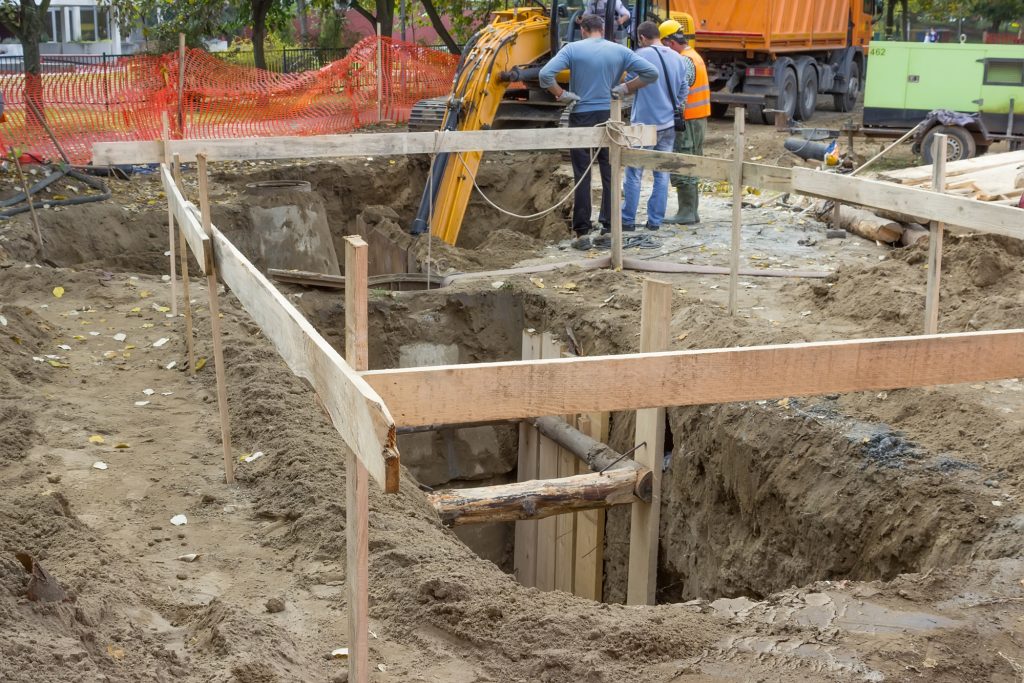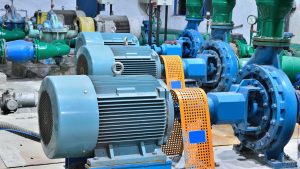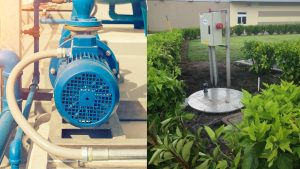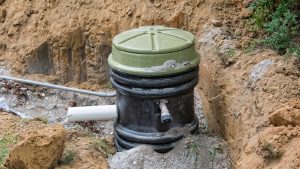A wastewater lift station is essential for getting sewage to a wastewater treatment facility. It transports wastewater from a lower elevation to a higher elevation which means there is no need to dig trenches to access the subsurface of sewer pipes. This also means less construction cost. It is no wonder many municipalities opt for list stations to collect and treat wastewater.
An operating wastewater lift station pump is made up of many moving parts and elements. Wastewater collection and treatment require a reliable power source, as well as remote monitoring and control. The lift station pump must be placed with every component contained inside of a building. Systems might be pre-designed or specially made to fit the municipality in charge’s unique requirements.
In general, there are two types of lift stations:
Dry Well
In this type, the external pump system is housed separately, either underground or in a different chamber. Maintenance on a dry well is more dangerous and presents greater safety hazards because of this physical isolation.
Wet Well
Also referred to as the submersible pump, as its name implies, it is submerged in the sewage they pump. The pump is installed within the wet well and pumps the waste using a motor. Because there are fewer health and safety risks with this approach, it is more modern.
When looking for a well-designed and effective wastewater lift station, you need to work with a reputable company like South Florida Lift Stations. Our team of experts ensures that our lift stations adhere to quality standards, so we can deliver the highest quality service possible. If you want to know more about our services and what we can do for you, send us a message today to book a schedule!








